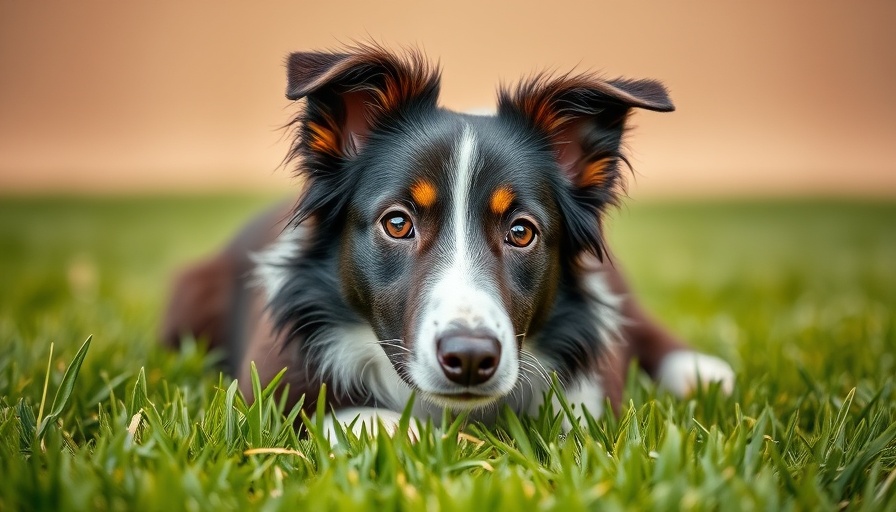
Understanding Dog Myths: Why Awareness Matters
Dogs have secured their place in the hearts and homes of many, with approximately 44.5% of American households sharing their lives with one. However, the joy of dog ownership can be hampered by misconceptions that lead to poor practices and decisions. By debunking these myths, we empower current and future dog owners to create healthier, happier environments for their pets.
Misconceptions Surrounding Aggression: A Closer Look
One prominent myth is that aggression is inherently linked to the breed of the dog. This perception has resulted in breed-specific legislation, often targeting popular breeds like Pit Bulls. Yet, the American Veterinary Medical Association clarifies that aggression stems from various factors, including a dog's upbringing, socialization, and training. Banning specific breeds doesn’t eliminate dog bites; instead, it reduces incidents among the banned breeds while leaving the overall issue unresolved.
Debunking Grain-Free Diets: What You Need to Know
Another widespread belief is that grain-free diets are healthier for dogs than grain-inclusive options. This idea has been promoted by certain pet food manufacturers. However, nutritionists assert that dogs' digestive systems have adapted over thousands of years to process grains, making them part of a balanced diet. Signs have emerged linking grain-free diets to potential heart issues, particularly dilated cardiomyopathy, raising concerns about the assumption that grains are harmful.
The True Meaning Behind Tail Wagging
Many dog owners believe that a wagging tail automatically means a dog is happy. In reality, tail positioning and movement can indicate various emotions, including anxiety or aggression. Recognizing the nuances of canine body language is crucial for developing better communication between dogs and their humans.
Additional Dog Myths to Stay Informed About
Beyond these three points, there are numerous other myths that affect dogs' health and well-being. For example, the belief that a warm, dry nose indicates sickness is misleading; a dog's nose temperature can fluctuate for various benign reasons. Additionally, the idea that dogs are carnivorous by nature oversimplifies their dietary needs and ignores the development of their digestive systems.
The Impact on Veterinary Practices and Pet Care
Veterinarians and vet techs are at the forefront of combating these myths by educating dog owners. As misunderstandings around pet care continue to circulate, the assistance of pet nutritionists, trainers, and groomers proves critical. They can provide the correct insights necessary to bolster the knowledge base surrounding canine care through practical advice. For instance, understanding proper diet, socialization, and appropriate training techniques can greatly improve dogs' lives.
Future Trends: The Role of Education in Pet Care
As more people post their opinions online, the battle against misinformation persists. Organizations advocating for humane treatment and responsible ownership must emphasize education as a cornerstone of dog care. Pet parent inspired clothiers, rescue organizations, and accessory developers can leverage technology and share information to help debunk popular but inaccurate beliefs. Building communities that foster genuine connections can be essential to dispelling myths and changing public perceptions.
In light of these insights, it's vital for everyone involved in pet care—from pet food manufacturers to trainers—to engage in ongoing education. Cultivating informed dog owners not only leads to improved pet care but also has the potential to transform public policy regarding breeds and health considerations.
As we continue to learn more about dogs through research and practice, it's essential to question the validity of long-held beliefs and ensure our pets receive the best care possible. The conversation around pet care is evolving, and by staying informed, dog owners can make choices that truly benefit their furry companions.
 Add Row
Add Row  Add
Add 




Write A Comment